It's 1995 and more women such as Jo Jo Dullard, Deirdre Jacob and Fiona Pender go missing. The public is afraid. Gardai are under pressure to get results. Could the same killer have been responsible for some or all of the missing women?
Reporter Mick Peelo and director John Downes are the duo behind Beyond the Vanishing Triangle, a new two-part true-crime series on RTÉ One that looks at some of the most notorious cases of women who disappeared within a so-called 'Vanishing Triangle' throughout the 1990's. It examines how these cases were investigated and features interviews with their family members - they introduce the second episode below.
The cold wind and piercing rain did not deter Brendan McArdle as he and his garda colleagues desperately searched through leaves, branches and forest undergrowth for any sign of Phyllis Murphy.
In December 1979, and still relatively new to the force, the idea of a vanishing triangle was far from his mind. The term did not feature in the media until the mid-1990's, when a series of young women started to disappear without trace.
But Phyllis Murphy’s disappearance had all the hallmarks of a vanishing triangle case. She was last seen outside the Keadeen hotel in Newbridge, Co Kildare after doing some Christmas shopping. Gardai suspected that someone she knew might have offered her a lift.
One month later, her body was found lying in woodland, abouta mile from the Wicklow Gap. She had been badly beaten, sexually assaulted and buried in a shallow grave.
The second and concluding episode of our series MISSING: Beyond the Vanishing Triangle charts attempts by Gardaí to examine links between six initial cases of missing women, starting with Annie McCarrick in 1993, Jo Jo Dullard (1995), Fiona Pender (1996), Ciara Breen (1997), Fiona Sinnott (1998) and Deirdre Jacob (1998)
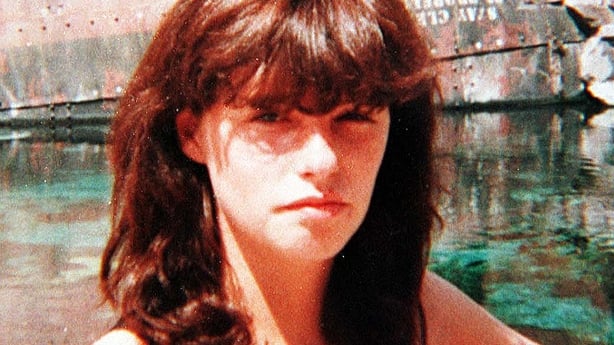
The public were fearful. Gardaí were under pressure. In response, a specialised team called Operation TRACE was set up in 1998 to examine whether a serial killer might be at large.
The head of Operation TRACE, former Assistant Commissioner Tony Hickey, outlines how he hand-picked a small group of experienced detectives to help review the cases. But without a body or a crime scene, from the outset they faced an uphill struggle.
His colleague and fellow Operation TRACE member, Alan Bailey, adds that "With Operation Trace in many respects we didn’t even have proof that a crime had been committed."
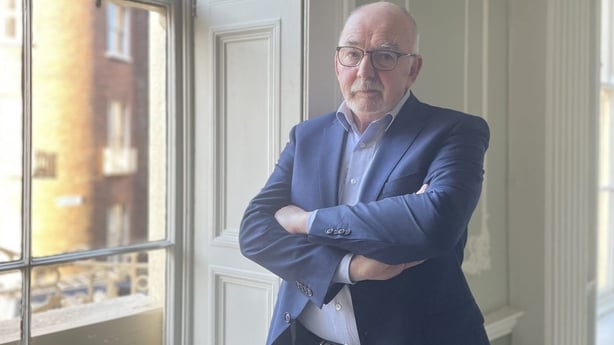
In time, the Operation TRACE team expanded their remit to include other cases of missing women, including Eva Brennan (1993) and Imelda Keenan (1994).
They also went right back to 1979 and Phyllis Murphy’s killing.
For twenty years, McArdle - by now a ballistics expert working in the Garda Technical Bureau - had never forgotten her case. Over the years he sought the advice of another colleague, Dr Maureen Smyth, in the hope that new developments in DNA profiling might help to solve the Phyllis Murphy case- and potentially find the killer of some of the other missing women.
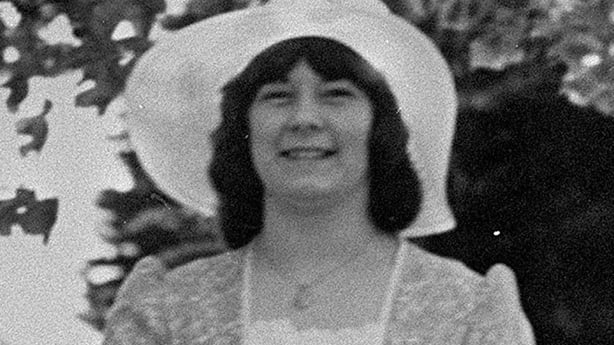
More specifically, he wondered if semen samples taken from Phyllis’ body could be matched with around 50 blood samples taken from local men.
But first he had to convince his superiors to sanction the cost of bringing the samples for analysis to the UK. To ensure the chain of custody, he would have to escort them personally.
"I’m travelling through the airport hopefully to solve a murder," he tells us. "I hold onto this bag in my personal luggage at no stage did I allow that out of my reach or out of my hand."
Eventually, he received a call he will never forget. One of the samples came back positive. It belonged to a man with the name of John Crerar.
After a four week trial in October 2002, ex soldier Crerar - a local man known to the Murphy family - was found guilty for the rape and murder of Phyllis Murphy. He received a life sentence for his crime, after the scientific evidence provided by McArdle and Smyth helped break an alibi given to John Crerar by a work colleague for the day Phyllis Murphy disappeared.
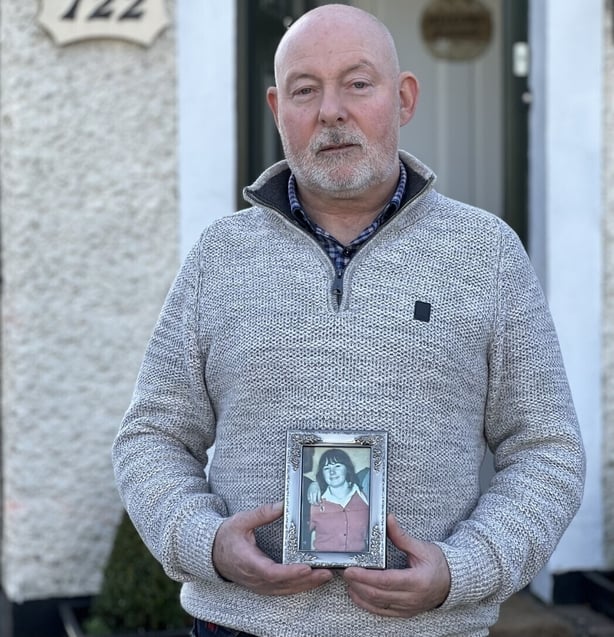
For the Murphy family, the fact that Crerar had been given such an alibi is striking. Her brother Patrick Murphy is remarkable for the lack of bitterness or regret in his voice. He is, he says, just glad that the man "he did the right thing" by retracting the alibi.
"Even after twenty years. It’s important because then the family can rest that they’re not looking at everyone that they’re not worrying is it the person that’s walking behind them going up the town... was it that person that killed their family."
It is a theme that recurs throughout the series- how an alibi given for what may seem like the right reasons can sometimes have heart breaking consequences for the families of these missing women.
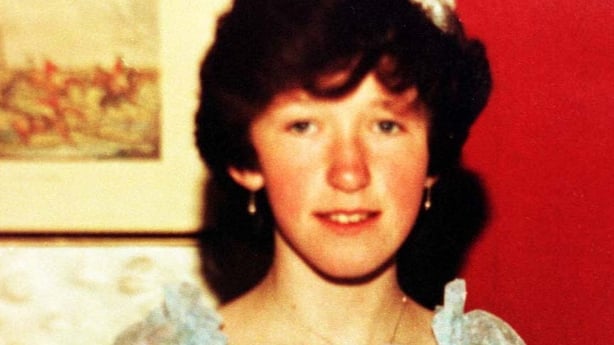
But the fact that alibis can be broken, even decades later, also gives fresh hope to all of the families who feature in our series.
As Alan Bailey explains:
"Alibis given through loyalty, friendship, fear… over the passage of time all those things change.And where I might be afraid of you today maybe in a few years time you’re not the threat I thought you were, you’re not the lover I thought you were. And these loyalties change."
Beyond the Vanishing Triangle, RTÉ One, Monday May 15th at 9.35pm - catch up here, via RTÉ Player.
IF YOU HAVE any information about a missing person please contact the Garda Confidential line on 1800 666 111 or the National Missing Persons Helpline - 1800 442552 or at www.missingpersons.ie
